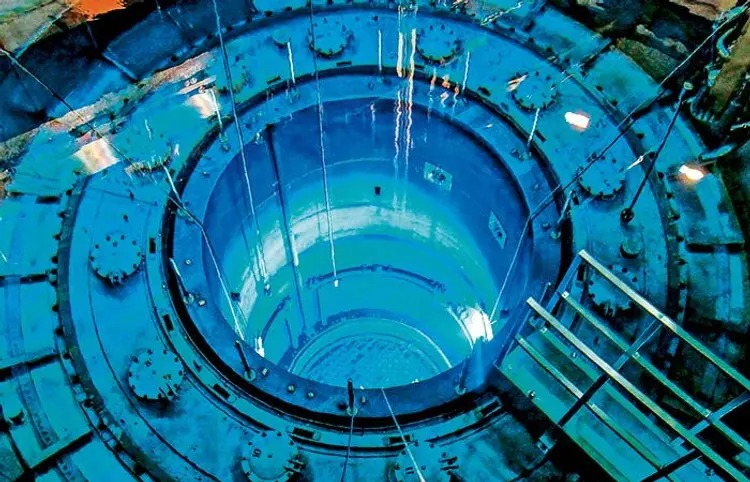New Delhi: Along with the alternative energy sector to meet the huge energy demand in India, the government is now promoting nuclear power. India is now ready to make a big jump in the field of nuclear power. The Finance Minister on Saturday made a big announcement of Rs 100 crore for the nuclear power sector. For this, a budget of Rs 20,000 crore has been allocated and private companies have been invited for admission in this area. Additionally, the government is also ready to amend the Atomic Energy Act and the Civil Liability Act for Nuclear Damage for the convenience of private investors.
While presenting the budget, Finance Minister Nirmala Sitharaman said that by 2047, the development of at least 100 GW of nuclear power is necessary for our energy transition efforts. India will develop at least five nuclear reactors in eight years, ie by 2033.
Inviting private companies in the nuclear power sector, the Finance Minister said that we will start an active partnership with private sector companies to achieve the target of 100 GW of nuclear power. The government is also ready to amend the Nuclear Energy Act and the Civil Liability Act for nuclear damage to facilitate the entry of large companies in the energy sector.
He announced that a nuclear power mission would be set up from a fund of Rs 20,000 crore for research and development of small modular reactors. Currently, India has only 462 GW of power generation capacity. The contribution of nuclear power in this is only 8 GW.
Small modular reactors are small atomic reactors that produce very little energy and are smaller in size than traditional atomic power units. Small modular reactors can usually generate 300 MW power. While large traditional reactors can generate 1,000 MW of electricity. The biggest advantage of small modular reactors is that it can be made in the factory. Its parts can then be taken to the place where electricity is to be generated for combination. The biggest advantage of this is that you can install it in one place and take it anywhere. This will facilitate construction time and cost. Additionally, since these reactors can be moved from one place to another, electricity can also be supplied in remote areas. This will save huge savings in the cost of power transmission.
